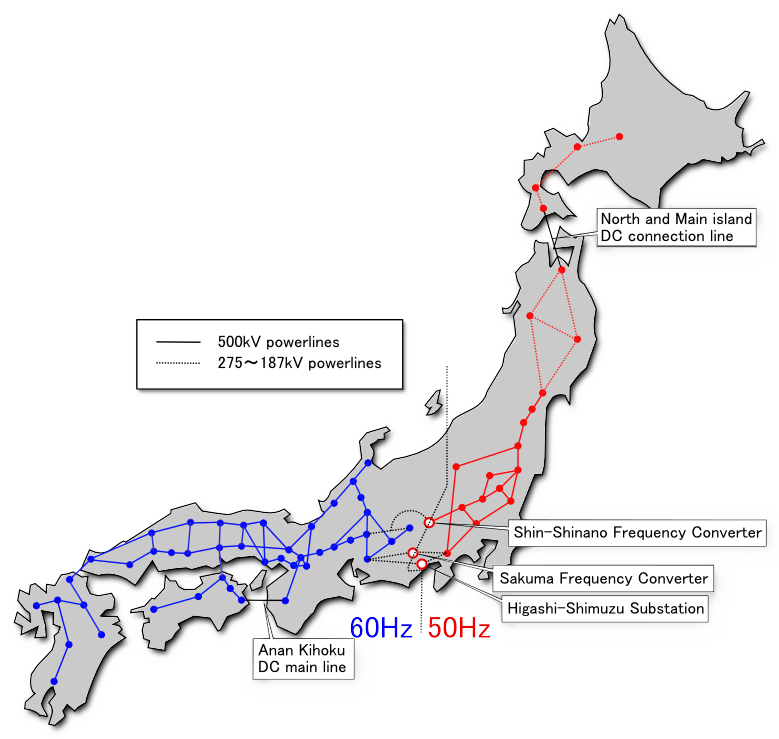A Preventable Outcome of the Great East Japan Earthquake: Electricity Shortage
The Great East Japan Earthquake of March 2011 caused dramatic and widespread consequences: an uncountable death toll, misery and sadness, radiation fears due to the damage to the Fukushima nuclear power plant, and the electricity shortage in the Greater Tokyo area caused by the plant’s breakdown. When more than seventy percent of the nuclear power plants were shut down in Japan, most residents in the Tokyo metropolitan area were forced to undergo the restricted usage of electricity—so called “rolling blackouts”—by being disconnected from power for a certain period of time each day, allocated by geographical area. Tohoku Electricity Company estimates that more than 4 million households were left without electricity for a certain period of time. In the meantime, people in Osaka, another huge metropolitan area in Japan west of Tokyo, had a substantial surplus in electricity leftover. Why did such a bizarre incident happen?
The major reason for the unbalanced electricity reserve is the different electricity systems used in East and West Japan. When Japan first imported electricity technology from the West, the government purchased power-generating equipment from different countries: 50Hz equipment from Germany for East Japan and 60Hz equipment from the United States for the western counterpart. Therefore, unless there had been enough frequency-converting equipment installed to convert and to supply enough electricity from one side of the country to the other for such emergencies as the recent earthquake, the shortage of electricity in one crisis-hit area and the concurrent surplus of it in the other side was an anticipated development. An illustration of Japan’s electricity distribution system is shown in the graph below.
Considering the context of the network, we can call the power plants, depicted as red and blue dots in the graph, nodes. The electricity grids of blue and red lines on the graph are edges. Now, we can see that three white dots in the middle of the red and blue components are convertors and a substation. Without the three plants, one would not see transfers of electricity power between the east and west regions of Japan. In such a case, we can call the edges connected directly to the white dots local bridges, as deleting each edge will increase the distance between power plants that send electricity to the other area of Japan through the edge.
In the earthquake, the local bridges were not damaged. However, blue nodes on the east side of the local bridges were damaged, requiring an increased level of traffic flow from the west to the east to supply the electricity vacancy caused by the damaged power plants, or nodes. However, because the capacity of the local bridges is limited, the electricity from western Japan could not be transferred in sufficient amounts, and the population of the east, not shown on the graph but connected to the blue nodes by uncountable edges, or electric grids, could not attain enough electricity that had been easily acquirable before the earthquake.
The remaining issue is why the electricity shortage was preventable. There were discussions about building additional electricity convertors for more possible transactions between the eastern and the western electricity markets in the late 1990s. However, the Japanese power-generating oligopoly, composed of a handful companies, rejected the plan, largely because the companies worried about the possible new entrants that could employ cheaper labor and purchase real estate in one region to sell cheap electricity to another region using new converting facilities. Had the expansion of converting facilities been carried out, there would have been more local bridges connecting the east and west, causing increased capacity of the electricity transfer, and the eastern Japanese population would not have had to undergo yet another distressing situation after already experiencing the worst-ever disaster in the modern history of Japan.

